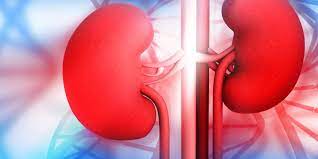Chronic renal disease is a disorder that lasts for a long time and causes irreversible kidney damage and declining kidney function. In most cases, it grows worse with time. With more cases being documented, it is becoming a widespread issue throughout the world.
The Improving Global Outcomes (KDIGO) recommendations describe CKD as kidney structural or functional abnormalities that have been evident for more than three months and have an impact on health.
The risks, symptoms, and problems associated with CKD in children are extremely unique to the pediatric age range, hence this definition is intended for adults only. Additionally, it could have an impact on how they develop and how happy they are as adults.
Although CKD is far more frequent in adults, it is already occurring in youngsters at an alarming rate. There are several factors that might lead to CKD in children. It could be brought on by renal malformation or the existence of scar tissues that interfere with the kidneys’ natural function. Additionally, it can be a congenital issue that has existed from birth.
Because CKD is frequently clinically asymptomatic, especially in the earlier stages, and even when symptoms do appear, they are typically vague, it is notoriously difficult to diagnose chronic kidney disease in children. As a result, the condition declines over time, making it more challenging to treat and control.
Common signs of CKD include the following:
Fatigue
reduced appetite
insomnia and restless legs syndrome
Fever
Anemia and pallor
High blood pressure headache
persistent nausea
As was already established, CKD in children presents a highly particular collection of problems that may also have an impact on their adult lives. This is another factor contributing to the difficulty of solving the issue.
Source:kalinga tv
327
Also Read: How Does A Couple’s Dysfunctional Relationship Affect Their Children?





